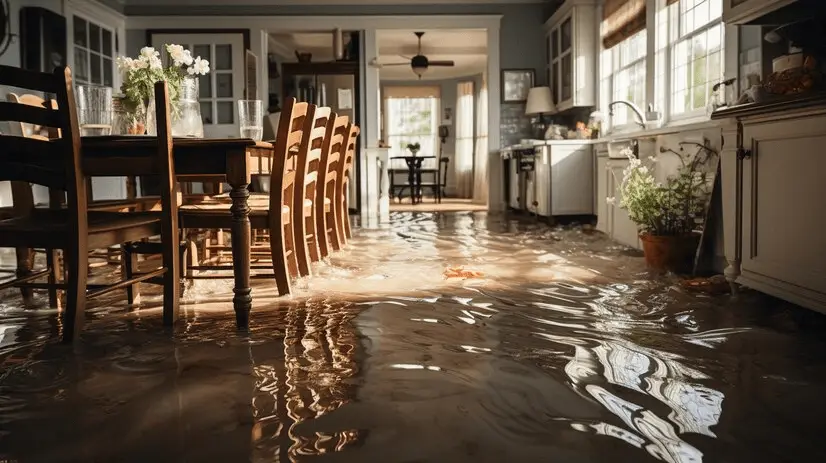Flood damage can disrupt your life and threaten the safety of your home. Understanding how to fix flood damage in a house is essential for restoring your living space to its original condition. This essential blueprint outlines the necessary steps for effectively managing and repairing flood damage.
Thoroughly Assessing the Damage
The first step in learning how to fix flood damage in a house is to perform a comprehensive assessment of the affected areas. Look for:
- Water stains and discoloration on walls and ceilings
- Warped, soaked, or damaged flooring
- Signs of structural issues, such as sagging walls or ceilings
- Compromised electrical systems and appliances
Document the damage with photographs for reference and for your insurance claims.
Prioritizing Safety
Before you begin any repair work, prioritize safety. Make sure to:
- Turn off the electricity to prevent electrical hazards.
- Wear protective gear like gloves, masks, and waterproof boots to protect yourself from contaminants and potential mold.
Efficiently Removing Standing Water
Once safety is ensured, focus on removing any standing water. Depending on the severity of the flooding, you may need:
- Submersible pumps for larger water accumulation
- Wet/dry vacuums for smaller areas of standing water
Quickly removing water is essential for effectively learning how to fix flood damage in a house and minimizing further damage.
Thorough Drying of Affected Areas
After removing the water, it’s crucial to dry out the affected areas. You can use:
- High-velocity fans to circulate air and promote evaporation
- Dehumidifiers to lower moisture levels in the air
Open windows and doors to enhance airflow. Ensuring everything is thoroughly dried is vital to preventing mold growth and additional deterioration.
Cleaning and Sanitizing the Space
Once the affected areas are dry, cleaning and sanitizing them is essential. Use a mixture of water and detergent to scrub surfaces, followed by a disinfectant to eliminate any remaining bacteria and mold spores. Be particularly cautious with porous materials like carpets and drywall, which may need replacing if they cannot be adequately cleaned.
Repairing Damaged Structures
With the cleaning complete, you can begin to make necessary repairs. This may involve:
- Replacing damaged flooring or drywall
- Repairing electrical systems and outlets
- Repainting walls and ceilings
Ensure that all repairs adhere to local building codes and standards, which is crucial in understanding how to fix flood damage in a house.
Implementing Preventive Strategies
To reduce the risk of future flooding, consider these preventive measures:
- Install sump pumps to manage excess water
- Improve drainage systems around your property
- Regularly inspect and seal cracks in your foundation
Taking these proactive steps can significantly lower the chances of future water damage.
Conclusion
Dealing with flood damage in your home can be a daunting task, but knowing how to fix flood damage in a house can simplify the process. By following these essential steps—from assessing damage to implementing preventive measures—you can restore your home to a safe and comfortable environment. If the damage is extensive, consider seeking professional help to ensure thorough restoration and peace of mind.










